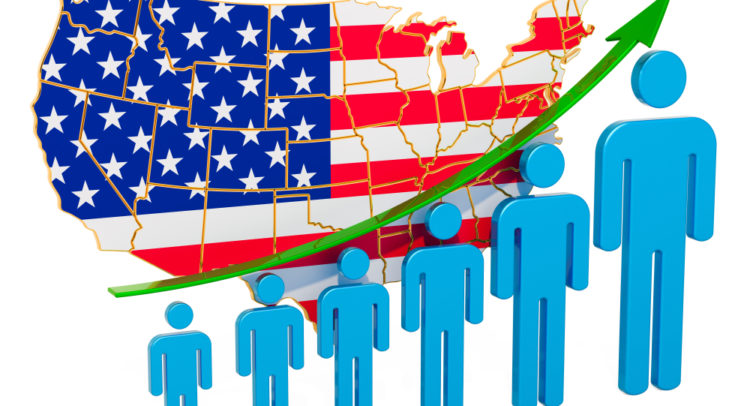U.S. job growth gained steam in July, according to a report published by the U.S. Bureau of Labor Statistics (BLS) on Friday morning.
Total nonfarm payroll employment rose by 943,000 in July, the most in eleven months and above market expectations of 900,000, while the unemployment rate declined by 0.5 percentage points to 5.4 percent.
These statistics come from two monthly surveys. The Household Survey measures labor force status, including unemployment, by demographic characteristics. The Establishment Survey measures nonfarm employment, hours, and earnings by industry.
Most of the job gains occurred in sectors that had been subdued due to the COVID-19 pandemic, such as leisure and hospitality, local government, education, and professional and business services. In July, nonfarm payroll employment was up by 16.7 million since April 2020, but it is still 5.7 million below its pre-pandemic level in February 2020.
A mixed response from Wall Street followed the news of an improving labor situation. The economy-sensitive indexes like the Dow Jones and the S&P rose slightly, following the BLS report, while the tech-heavy NASDAQ headed in the opposite direction. Meanwhile, U.S. Treasury bond prices dropped, sending yields higher.
Employment vs. Inflation
Robust job reports—signs of a strong economy–are mixed blessings for Wall Street. On the one hand, a strong economy is a boon to household income and spending. That eventually translates to higher earnings and equity prices. On the other hand, a strong economy can bring back old villains that can haunt Wall Street: inflation and higher interest rates.
Already, rising inflation and bond yields have appeared in Wall Street headlines in recent weeks. For example, the Producer Price Index —a measure of inflation at the wholesale level—climbed 1% month-over-month in June of 2021, following a 0.8% rise in May. On an annual basis, producer prices increased 7.3%, the most significant advance since November 2010. Likewise, the Consumer Price Index—a measure of inflation at the retail level— rose at an annual rate of 5.4% in June from 5% in May. That’s a new high since August of 2008 and well above forecasts of 4.9%.
Additionally, higher inflation numbers pushed the yield on the benchmark 10-year Treasury note to 1.28%, up from 0.55% last August.
How high inflation will get? Economic analysts and the Fed are divided.
Some economic analysts see the revival of the 1960s-style demand-pull inflation. That’s inflation driven by the expansionary fiscal and monetary policies, which push prices higher as the economy recovers from the pandemic.
Others see the return of early 1970s-style inflation cost-push inflation, driven by a spike in wages, raw materials, and energy prices due to supply chain disruptions created by the pandemic.
Demand-pull and cost-push inflation mean higher interest rates and big trouble for risky assets on Wall Street, which are interest-rate sensitive.
“Forecasts have been jumping around a lot more than normal as the post-pandemic economic recovery comes into focus, and this is still giving the Fed a headache when it comes to inflation risks,” says Erez Katz, CEO of market data scientists Neuravest Research.
Still, Federal Reserve Chairman Jerome Powell doesn’t endorse either scenario. Instead, he has repeatedly stated that inflationary pressures arising from the economy’s return-to-normal conditions as transitory.
He has advocated plenty of slack in the economy, as the unemployment rate remains high and capacity utilization low.
While it’s still which side is right, one thing is clear: Wall Street will keep a wary eye on inflation as the U.S. economy continues to recover from the pandemic and heads to full employment.
That’s when the Federal Reserve will be forced to raise interest rates, as its attention will turn from the mandate of achieving full employment to the mandate of keeping prices (inflation) steady.




















